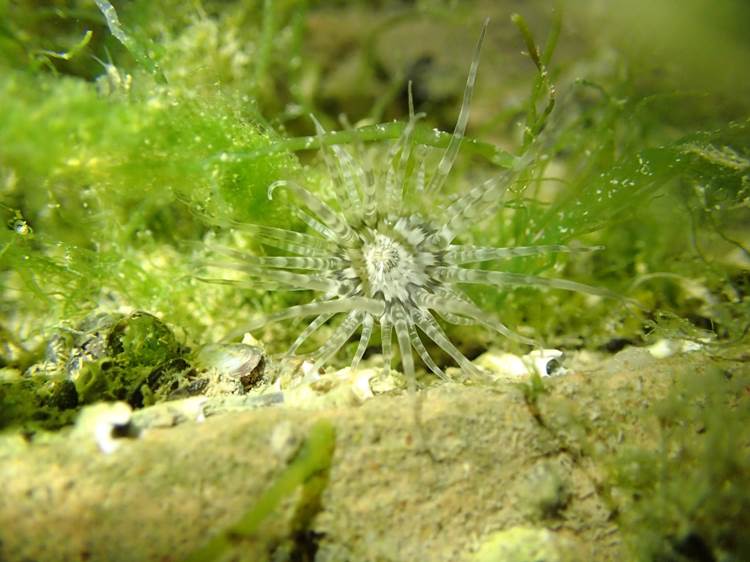Tidings of joy
The Cambridge conservationist leading an army of volunteers to preserve the hidden treasures of Singapore's shoreline
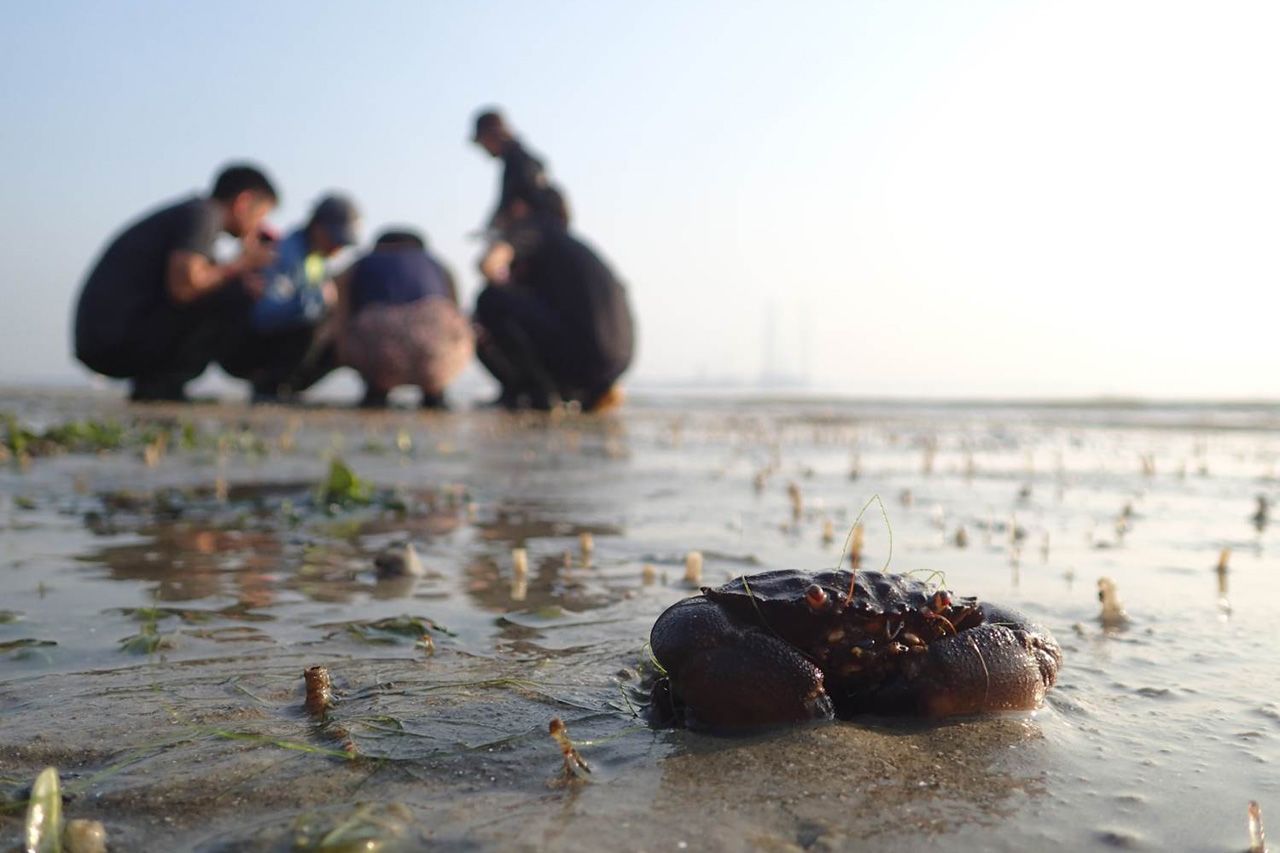
“Conservation is not just about the plants and animals. It is a lot more about people. People may cause harm, and yet they are the very ones with hopes and solutions.”
Photo: Pei Rong Cheo
Credit: Terence Chia
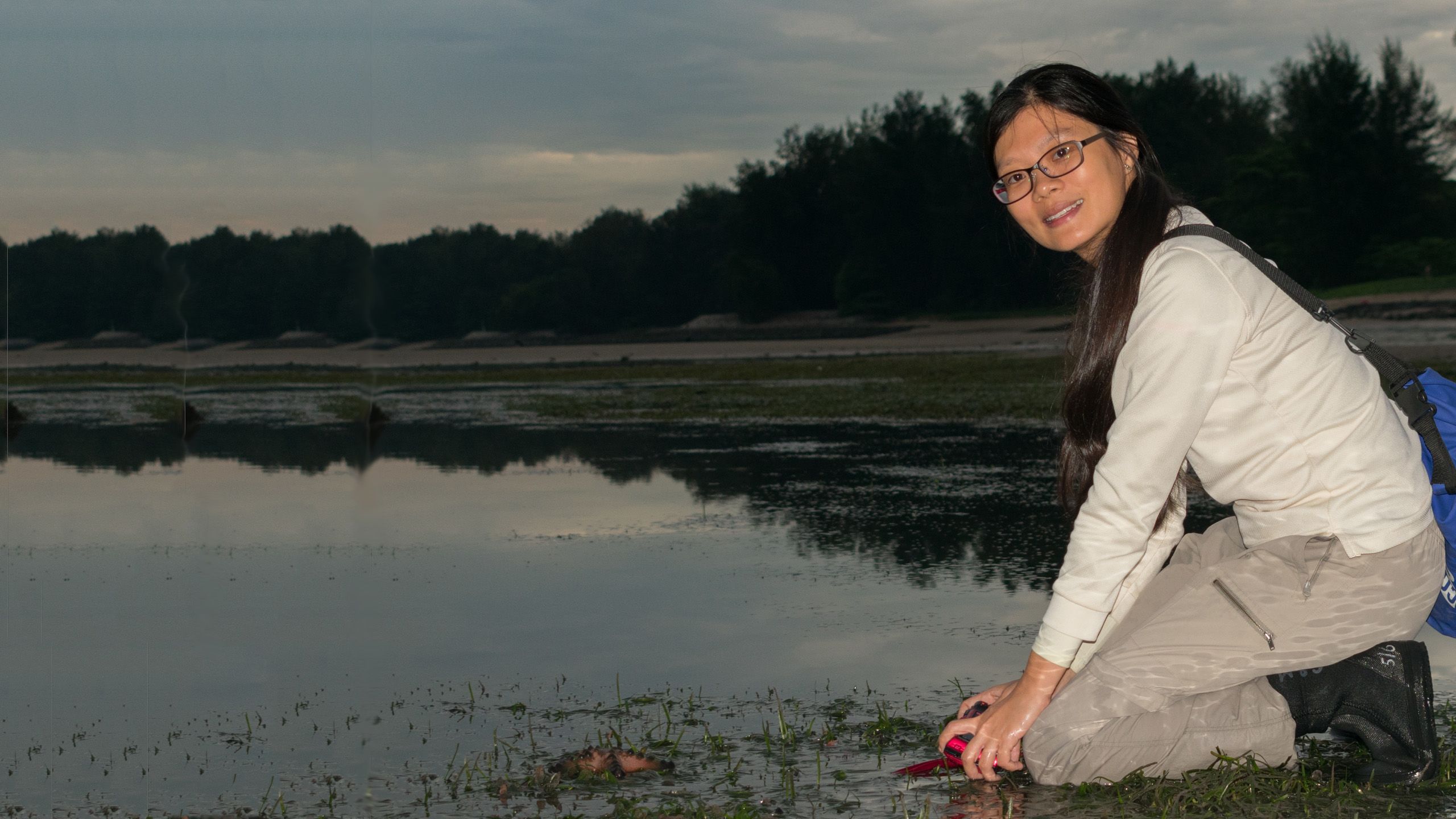
Pink warty sea cucumbers. Yelloweye pufferfish. Weasel olive snails, octopuses and Knobbly sea stars.
The beaches of Singapore are awash with a wealth of marine life, and Cambridge student Pei Rong Cheo is on a mission to promote and conserve it.
Inspired by fellow Cambridge graduate Sir David Attenborough, Cheo set up a citizen science programme, ‘Intertidal Watch’, to train volunteers and national park managers to monitor marine life, raise awareness of Singapore’s natural heritage, and promote conservation and sustainability.
“I’m a big fan of Sir David Attenborough,” she says. “I was really motivated by a quote of his. He said; ‘No one will protect what they don’t care about, and no one will care about what they have never experienced.’
“I always feel that people might become a bit detached from the sea, because they can’t see what’s in our murky waters and especially if they can’t swim or scuba dive, so I wanted to set up a programme that would give people the opportunity to be engaged with marine life. The intertidal area, the area that is uncovered when the tide goes out, seemed a great place for people to learn about marine life.
“Singapore is located within the Coral Triangle, a biodiversity hotspot. There are lots of exciting marine animals out there, you just need to know when and where to look.”
“No one will protect what
they don’t care about, and
no one will care about what they have never experienced.”

Cheo will soon graduate with a Master's degree in Conservation Leadership. Today, she is celebrating World Oceans Day, and is using the event to officially launch the Cambridge Marine Conservation Society, which she also helped to establish. As vice-president of the society, Cheo has organised a day-long event at the David Attenborough Building, home to the Cambridge Conservation Initiative. Researchers, students and representatives of non-governmental organisations and government departments will deliver a series of talks about marine life, the importance of protecting it, and their ongoing efforts to do so.
Cheo will talk about how, along with colleagues and interns, she set up Intertidal Watch in 2016, as part of the Community in Nature Initiative at the National Parks Board, Singapore (NParks). The project has grown rapidly, and now has more than 250 volunteers.
“Monitoring can be really labour intensive and expensive, so we thought it was a good chance to kill a few birds with one stone. We collect data, we engage the public, and we can use the information the volunteers have gathered to inform decisions, management actions and even, in the future, policy.”
In the early stages of the project, Cheo was joined by park managers on the beach, sometimes as early as 3am. Her programme has also attracted the support and participation of senior personnel in the organisation.
“I am very grateful for their support, and I think this helped me to get more volunteers, both from my organisation and the wider public. The programme wouldn’t have been successful without the support of the park managers, colleagues and volunteers.”
Once the volunteers have signed up, Cheo gives them a crash course in Singapore's marine life, so they know what they can expect to find, how to identify and monitor the different species, and the importance of accurate data recording.
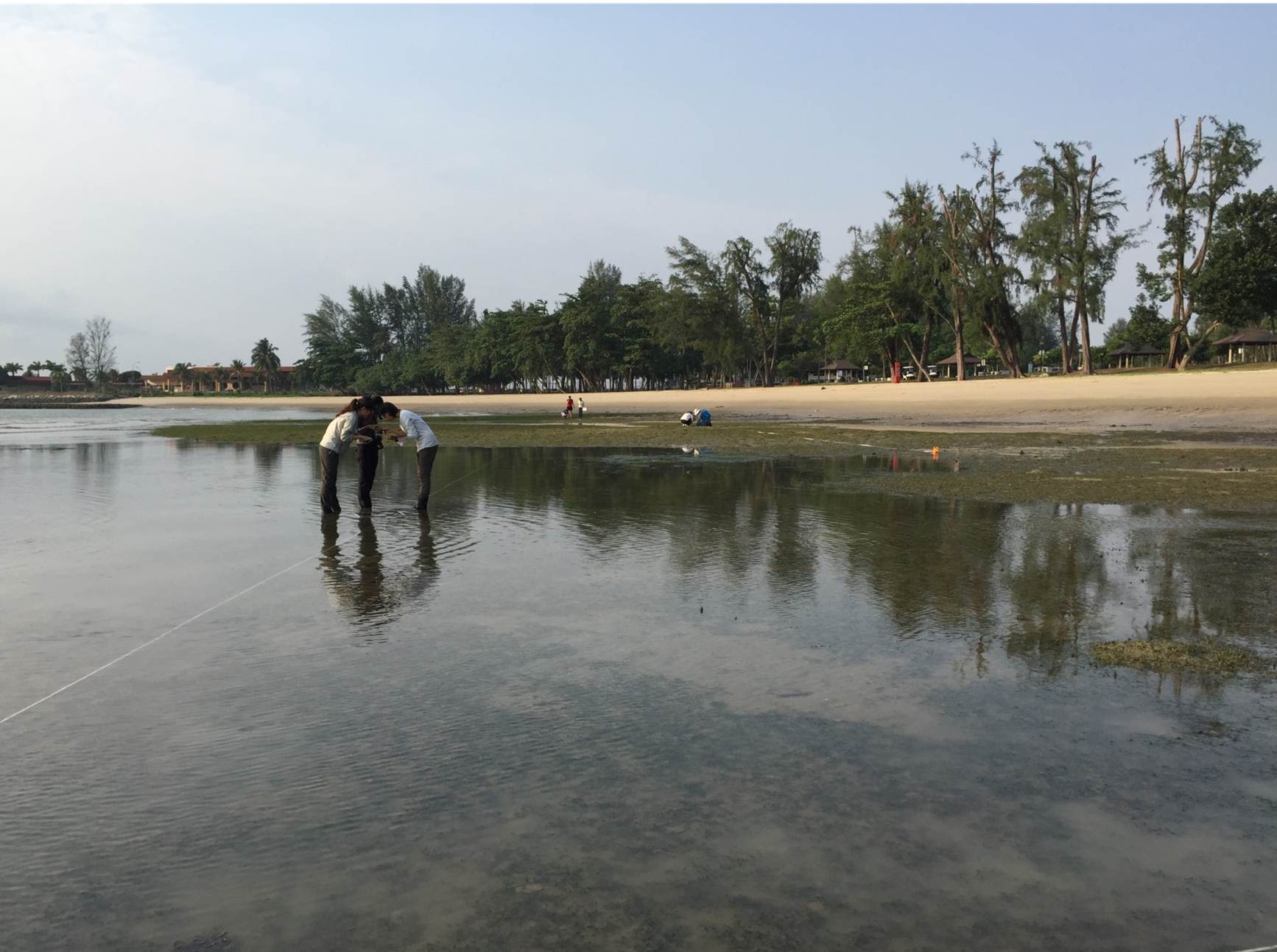
She also plans intertidal survey trips to coincide with spring low tides, when the seagrass beds are exposed long enough to complete a survey. At each session, the team usually have about two hours to complete their work before the tide returns, and sometimes are hard at work as early as 5.30am. A group of around 15 volunteers set up a measuring area, lay down transect tapes and collect data from 45 square frames at each site. They then record the marine life in each frame.
“The volunteers work really hard, and they’re meticulous when they record things,” Cheo says. “The more experienced volunteers are great because they become group leaders and guide the others in what to do, so I try to group them with people who are new to the project. It’s not always smooth sailing, it can get very muddy and sometimes areas become flooded, but this is part of fieldwork and scientific research.”
Cheo also gives the volunteers opportunities to take part in exhibitions and events, such as Singapore’s annual Festival of Biodiversity. She has created games and puzzles to engage children in the subject, and encourages the volunteers to talk to members of the public about their work and the things they have observed in their trips.
“One of the younger volunteers, Fybie, aged 12, regularly participates with her parents, and at an event last year we were all very impressed when she talked to a government minister about the project. The other volunteers, her parents and I are all really proud of her, and in the future I hope to see more young people become champions of marine conservation.”
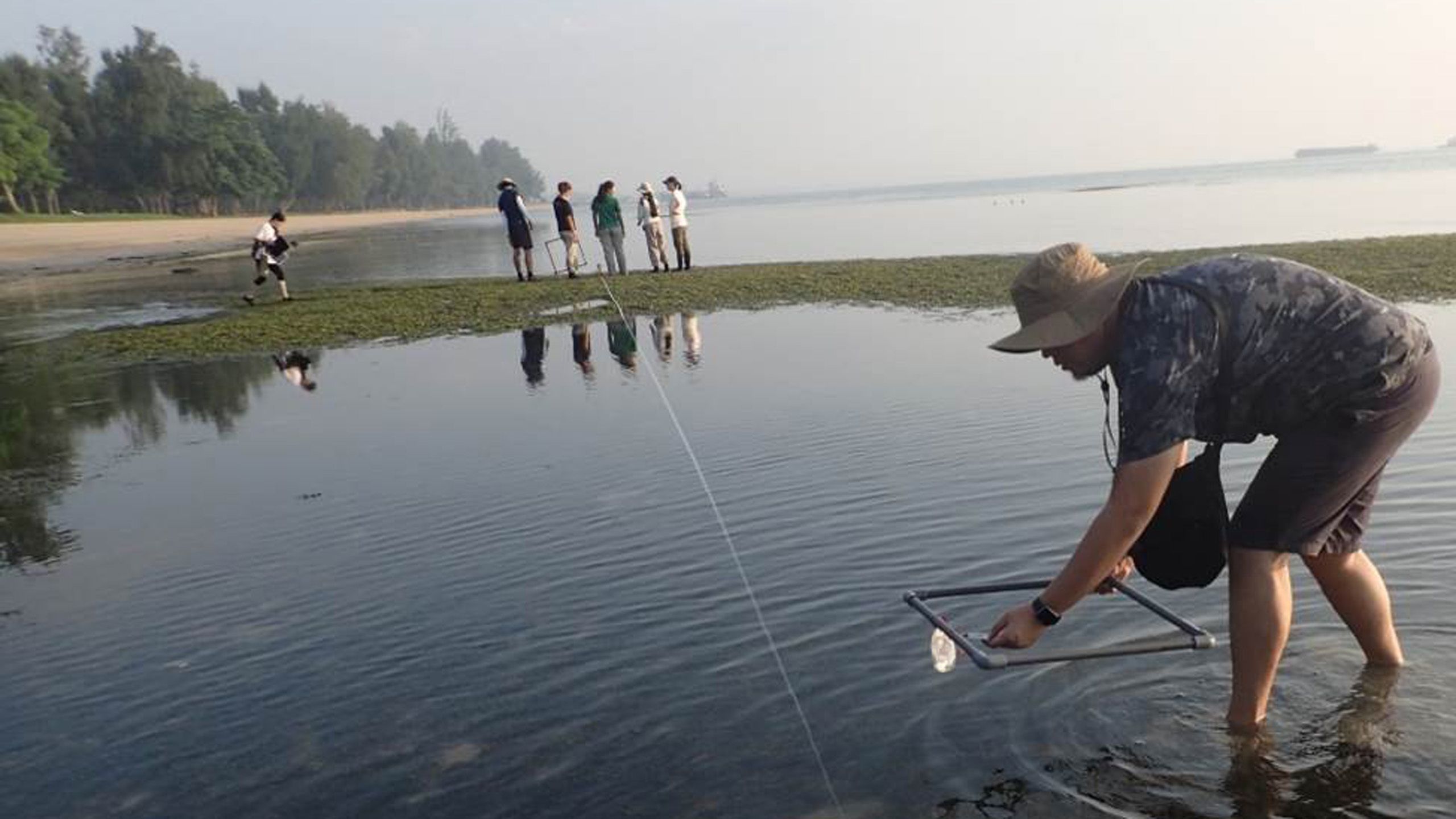
“I'm very grateful to, and proud of, all of the volunteers, and it's great to see them engaging others with what they have learned.”
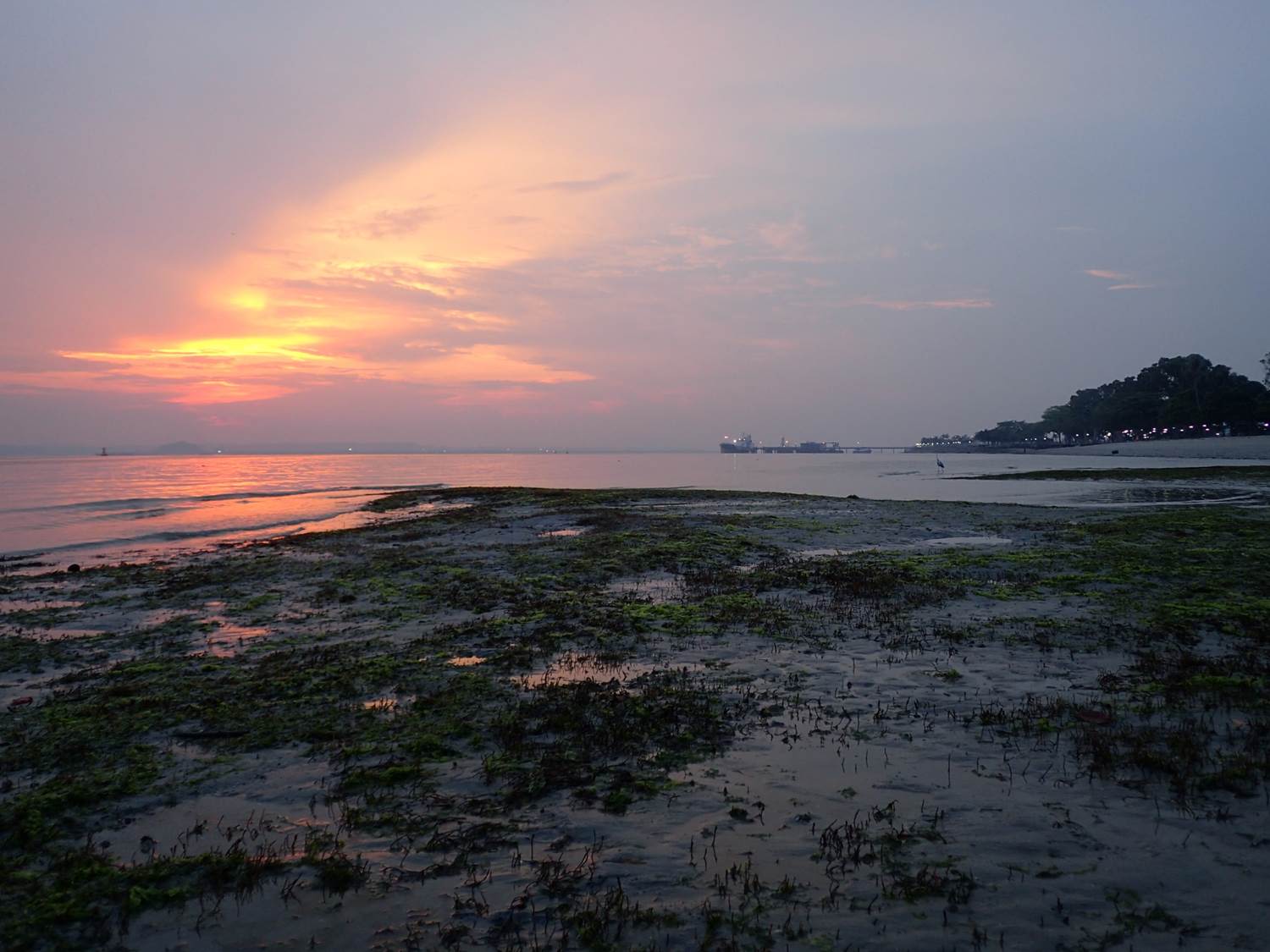
In the future, Cheo hopes to see a protocol in place in each of the coastal national parks, and to integrate the monitoring process into the parks’ management plans.
“Monitoring only works if it is long-term,” she says. “Moreover, intertidal areas are often the first areas affected by coastal development, so it’s really important that we know what is in these areas, so that when an accident happens or if there are development plans, activities, or events, we are equipped with the information to conserve these areas.”
She is also keen to engage more volunteers, and educate more people about the importance of marine conservation.
“It’s our natural heritage and every single species plays an important role in the ecosystem. It’s crucial to manage these areas because the marine environment is so highly-connected.”
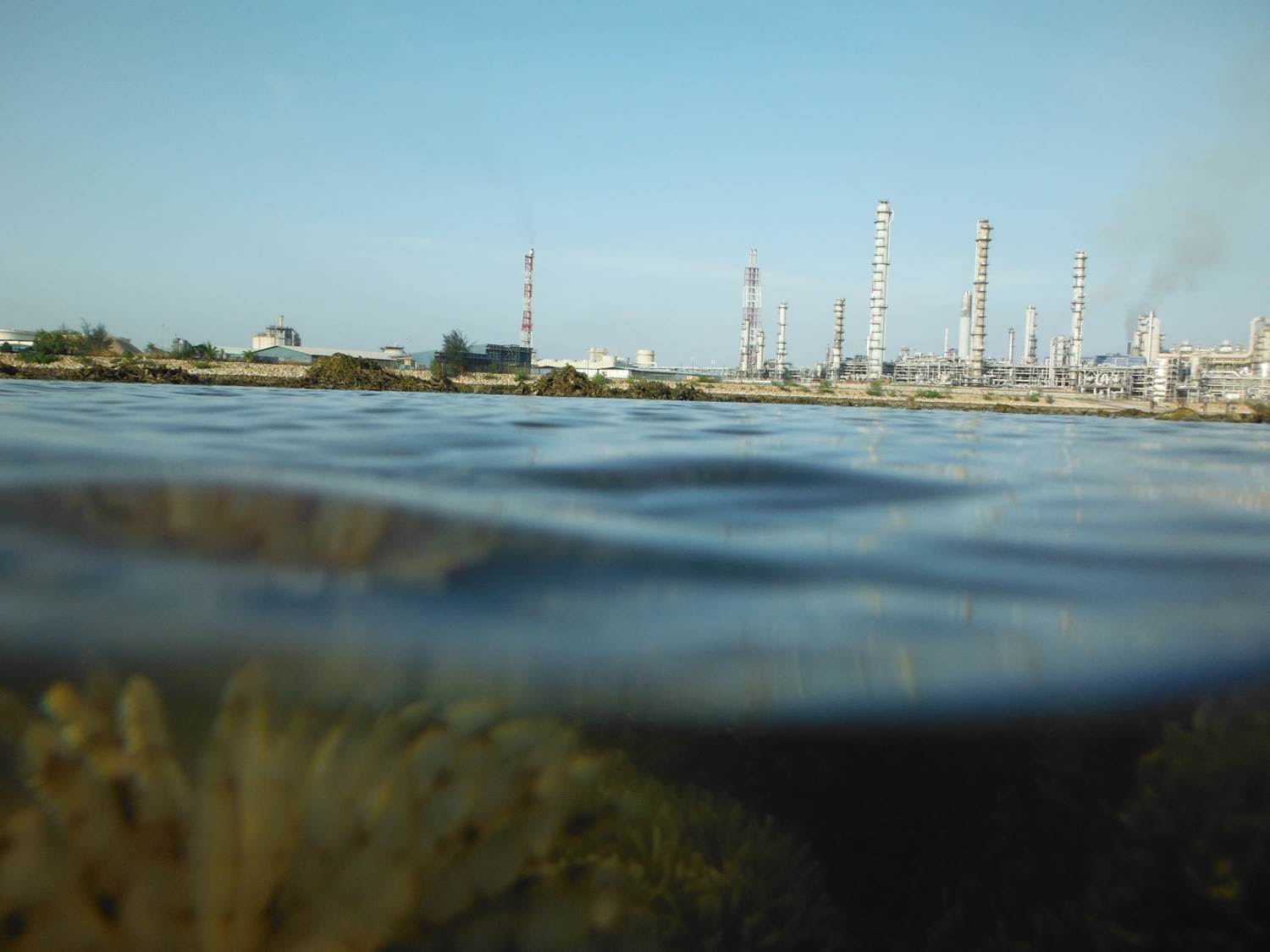
Cheo hopes to see Intertidal Watch continue to grow, and is excited about the possibilities to work on different conservation initiatives in the future. Her experience in Cambridge has given her new ideas and broadened her perspectives in conservation.
“In the future I want to be able to approach conservation from many different perspectives. The MPhil in Conservation Leadership is highly interdisciplinary, and puts a lot of emphasis on leadership.
“I've really enjoyed the diversity of lectures taught by conservation academics, practitioners and leaders, and have benefited immensely from the expertise of my peers. On my course there are 21 students from 17 different countries, and all of them have a wealth of knowledge and experience in conservation.
“The David Attenborough Building is a real hub of nature conservation, and being part of this network has been such a privilege!
“My time in Cambridge has been a fulfilling journey of self-discovery and personal development while enhancing my conservation knowledge and leadership skills.
“I also learned a great deal through my experience with Intertidal Watch, and was very happy working on this project. It’s very meaningful to see the volunteers grow, from being new to the marine life and the surveys to being enthusiastic about them, and even teaching other people about why it is necessary to conserve our marine environment.
“I really wanted to reach out to people of all ages, so they can be connected with nature.”
